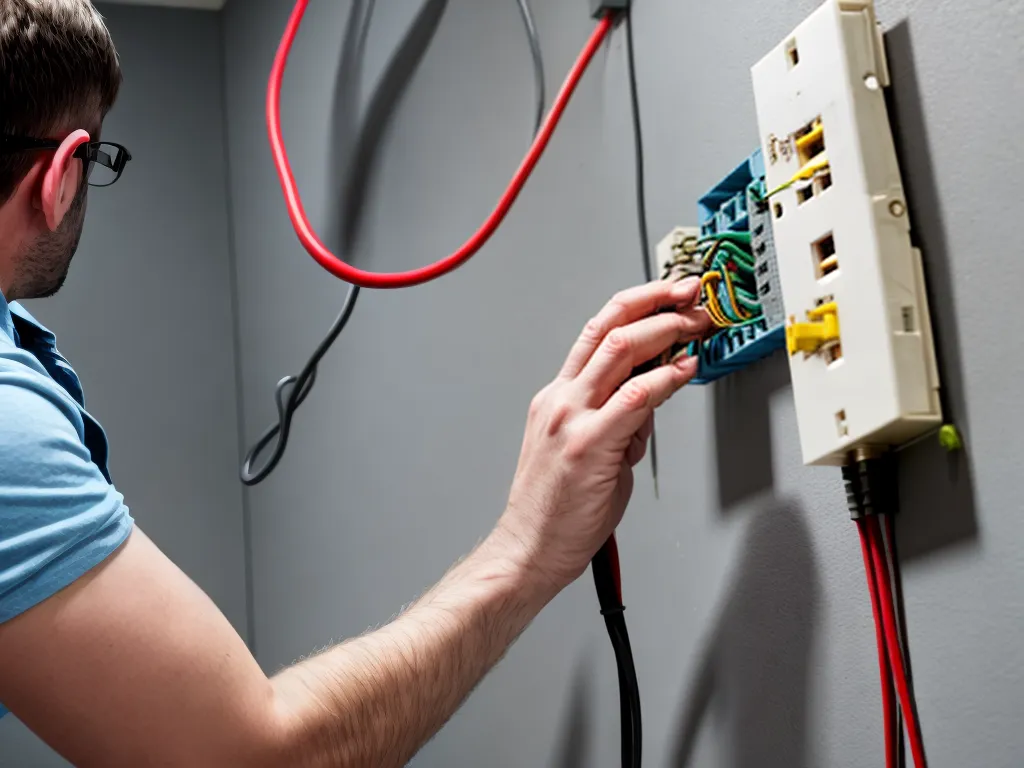
How to Wire Your Home Without Any Experience
Assessing Your Electrical Needs
Before I start any electrical project, I take time to thoroughly assess the electrical needs of my home. I make a list of all the lighting, outlets, appliances, and devices that need power. This helps me understand how much wiring I need to install and where it should go. Knowing the voltage and amperage ratings of my electrical devices is crucial - I don't want to hook up a 20-amp appliance to a 15-amp circuit. I also check local electrical codes to ensure any work I do meets legal safety standards.
Buying the Right Electrical Supplies
Once I know what electrical devices I need to power, I make a list of all the wiring supplies I'll need. I head to the hardware store to pick up romex cable in the appropriate wire gauge, electrical boxes, receptacles and switches, breakers for my electrical panel, wire strippers, needle nose pliers, electrical tape, and other essentials. I make sure to buy more rather than less, as I don't want to find myself without something mid-project. I also invest in a good voltmeter to test wires as I connect them.
Safely Running and Securing Wires
I start my wiring project by turning off the main breaker to cut power to the entire house. Safety first! I then map out where I want to run my new wiring. I drill holes and chisel out channels through framing studs to route wires between floors and into different rooms. I take care to leave ample extra wire at ends to facilitate connections. Once wires are run, I secure them tightly using staples or fasteners so they won't shift or tug on connections. I don't want any bare or loose wires creating shock or fire hazards.
Connecting Switches, Outlets, and Devices
With my wires run safely through the house, I'm ready to add switches, outlets, and electrical devices. I use my voltmeter to double check wires are not live before I handle them. I carefully strip insulation using my wire strippers, leaving just enough bare copper to make solid contact with screws on receptacles and switches. I connect my grounds first, then neutral wires, then hot. I make sure connections are tight and secure by tugging on them. I wrap each connection with electrical tape for insulation. I attach faceplates and test each outlet and switch before moving on.
Connecting the Electrical Panel
Once all my wiring terminates at receptacles and switches, I complete the job by connecting wires at the main electrical panel. I turn off the main before touching anything. I label all my circuits clearly. I connect hot wires to breakers, neutral wires to the neutral bus bar, and grounds to the grounding bus bar in the panel. The grounding system is crucially important for preventing dangerous faults. I ensure all breakers are properly rated for the circuits they're protecting.
Testing and Turning the Power Back On
With all wiring complete, I'm ready for the moment of truth - turning the power back on! I do one final check to make sure no bare wires or loose connections are exposed. I turn the main breaker on and test all outlets, switches and appliances on my new circuits. I check for stable voltage and a solid ground. If everything checks out, I can relax knowing I have safely wired my home to handle all of my electrical needs. My voltmeter and electrical knowledge will continue to come in handy for testing and troubleshooting down the road.